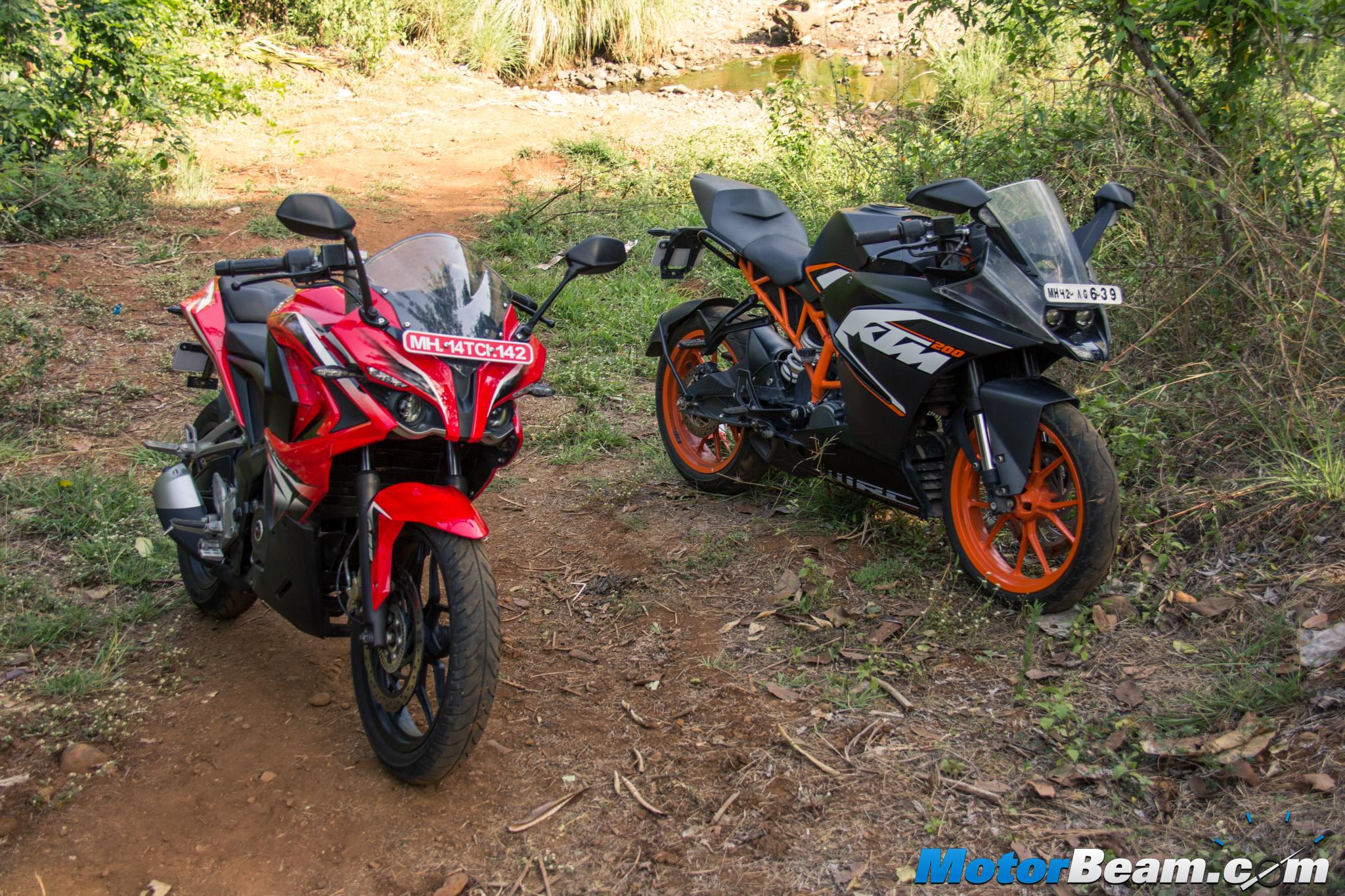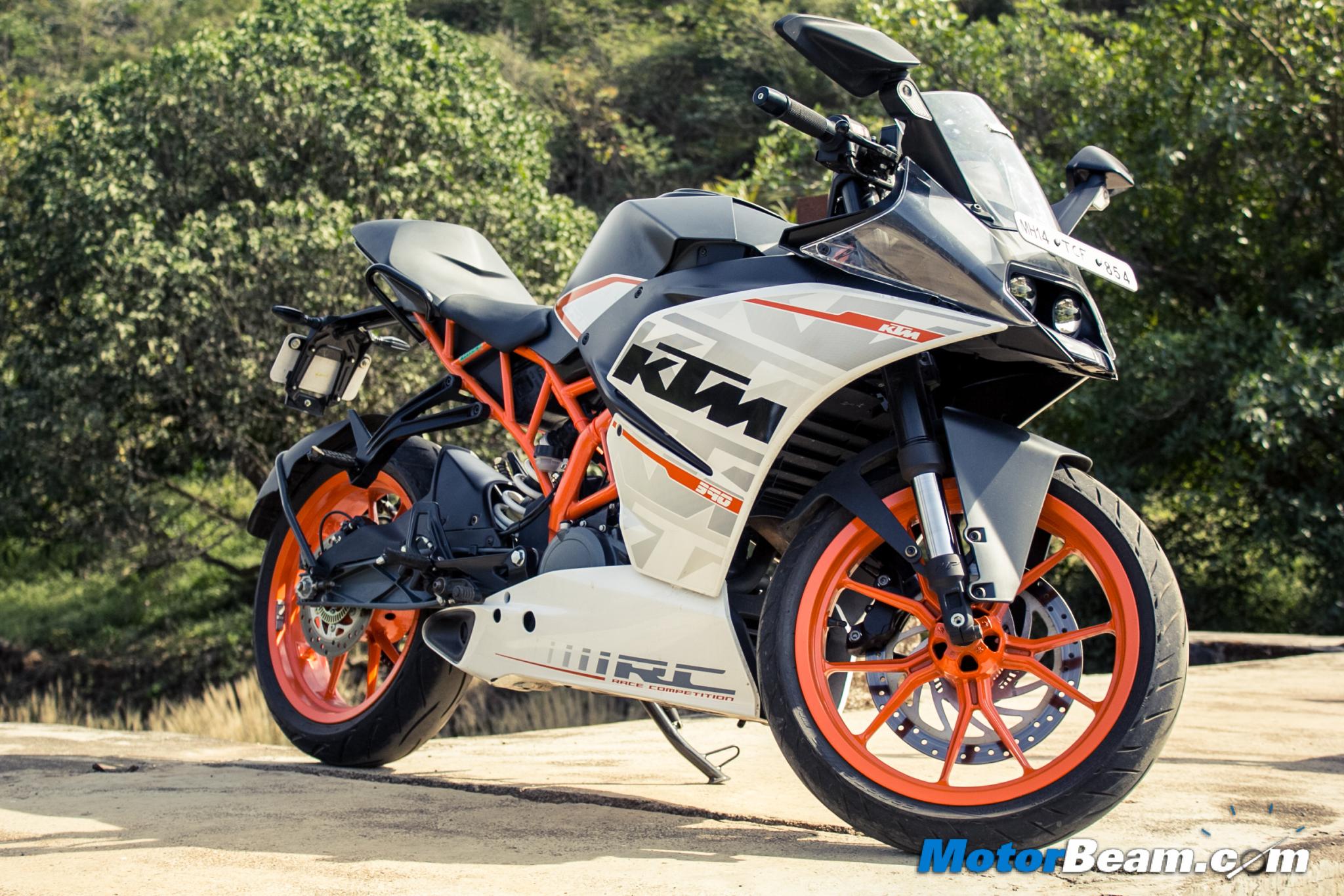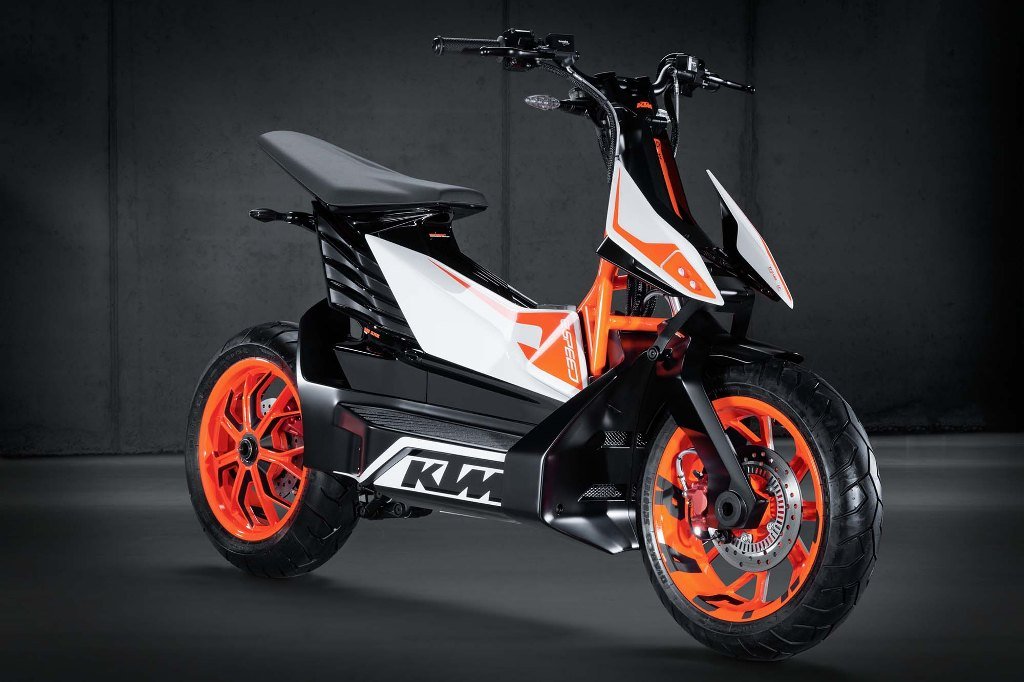The Bajaj-KTM synergy has mutually benefitted both the companies with low-cost production and global expansion helping KTM achieve 25 percent annual growth in the past 3 years.

The Bajaj-KTM partnership has been one of the most talked about joint ventures in recent times that has mutually benefitted both the parties involved in more ways than one. The Pune based automaker’s gamble to purchase 48 percent stake in the debt-ridden KTM back in 2008 has worked extremely well for the company with sales and profits growing like clockwork. Since KTM’s operations commenced in India in 2012, the company has been able to progressively increase sales and market share globally thanks to a steady 25 percent annual volume growth.
In the 2015 financial year, KTM contributed 7 percent to Bajaj Auto’s consolidated net profit when compared to the 1.8 percent contribution in FY2012. For the previous year, Bajaj Auto’s Chakan based facility manufactured nearly half of the KTM bikes sold globally, from a mere quarter manufactured over a year ago. Experts believe that KTM will form an integral part of Bajaj’s growth in the future contributing around 10-11 percent to the company’s consolidated net profit. The Austria based company will also increase sourcing from India to 60-65 percent.
The steady growth has given KTM a chance to expand its margins substantially by using cost advantage of producing vehicles in India. Bajaj exported 53,000 units of KTM bikes in the 2015 financial year, a growth of 121 percent when compared to the 24,000 units exported in FY2014. On a global scale, KTM’s market share at the end of 2014 stood at 8.7 percent in Europe and 4.8 percent in the US. The manufacturer’s sales volume has been growing at a rate of 25 percent over the last three years, having successfully made inroads in major emerging markets like China and Malaysia. Moreover, the constant ability to launch and supply new bikes has kept the automaker relevant.
The change in consumer preference in both developed and emerging markets has also helped KTM grow in the past years. In developed markets, there has been some down-trading in consumer preference to own premium products, whereas the rising spending capability in emerging markets has allowed customers on both ends to opt for the premium KTM products. India has emerged as a key destination for exporting KTM’s range comprising of 125cc, 200cc and 373cc bikes with Bajaj Auto exporting the orange models to about 80 countries.





